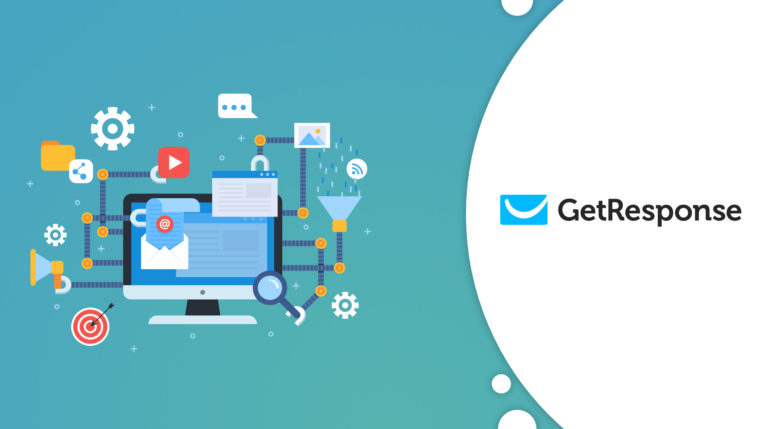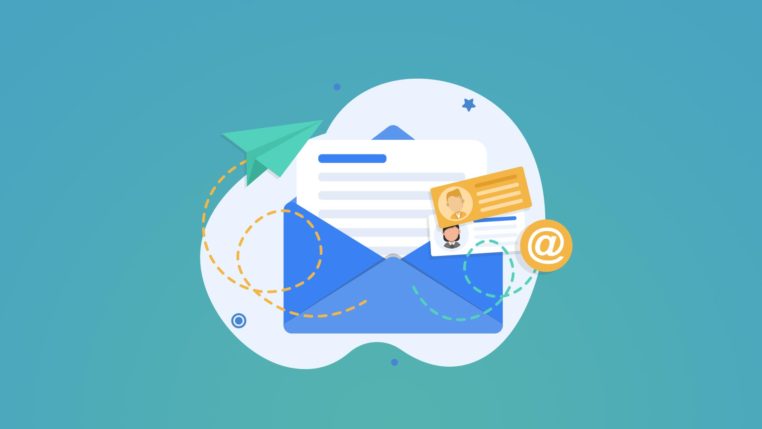6 Common B2B Marketing Automation Pitfalls and How to Avoid Them

Table of Contents
In 2020, advertisers in the US spent $8.68 billion on B2B marketing alone. Moreover, most CMOs at large B2B businesses planned on increasing their digital advertising spends in April 2020, despite the difficulties posed by the Covid-19 pandemic.
But while large businesses may be working with ever-increasing budgets to spend on digital advertising, small businesses have to find ways to get by with less. Fortunately, marketing automation makes for a great solution.
Not only is B2B marketing automation software becoming widely available (and affordable), but it's also increasingly more powerful, with answers to almost any problem. Nonetheless, this doesn't mean that there aren't any common marketing automation pitfalls that B2B marketers have to look out for.
Are you toying with the idea of automating some (or all) of your processes? Well, if that's so, you might want to prepare for the obstacles you're sure to come across. Here's everything you need to know about automation pitfalls and how to avoid them.
1. Skipping the Goal-Setting Phase
The biggest mistake you can make with any business decision is not having a solid strategy to rely on. And, the same goes for marketing automation.
You see, entrepreneurs typically start looking into automation because it promises to free up time and resources for high-value tasks. But if they automate marketing processes without having clear goals in the first place, they're not saving time or money. They're just setting themselves up for disaster.
So, before you even start looking into the (many) available software options, ask yourself: what do you want to achieve? You may want to make it easier for your sales team to contact new leads with personalized offers. Or, you may be looking for more effective methods of content distribution.
Whatever your goals are, define them clearly so that you'll know what to do with the data you collect. That way, you won't be wasting money on automation that doesn't get you anywhere.
2. Not Knowing Your Audience
Another common marketing automation pitfall is when brands don't take the time to learn about their target audience. Unfortunately, this is an easy trap to fall into. It's especially common as some marketing trends (particularly those regarding distribution platforms) become interpreted as "musts."
For example, a B2B brand might spend time and resources creating content for Instagram. But, the truth is, it's unlikely that other businesses are turning to the platform to find collaborators and suppliers. More often than not, they're using the social media network to communicate with their customers instead.
But, by turning towards B2B-oriented distribution channels, like LinkedIn or even Twitter, brands can find their audience. They can then implement automation tools to make these channels work more effectively to reach their goals.
If you want to see how a B2B brand uses automation to figure out irrelevant distribution channels, turn to AdBadger. This company's marketing team started a podcast, then chose to repurpose each episode and automate the distribution process. By doing this, the brand didn't just increase its reach by thousands. But, it also gained precious insights into the most effective social media platforms to communicate with its audience, seeing how there are clear differences in engagement on each of their targeted channels.
3. Sacrificing UX
Solutions such as exit-intent popups and lead-generation tools that automate the audience segmentation process offer enormous benefits for B2B businesses. But, sometimes, they can become a little too much.
When brands use intrusive web page elements, ask for too much personal information, or go a step too far with personalization, It's inevitable for them to start losing consumer trust. And that unavoidably leads to potentially successful marketing strategies turning into harmful business practices.
That being said, it's essential to keep UX and customer experience in mind when implementing B2B automation solutions.
Sure, a single piece of information (like a zip code) might make your job much easier. However, asking for it might seem dodgy to your target audience. Try to only ask for data you really need. Moreover, consider using microcopy to explain why you need a particular piece of information.
MOZ does this really well on its sign-up forms. It uses UX text to explain that some of the required information is only used to provide a personalized experience. To go a step further, the brand can use indicators to mark obligatory fields ahead of time. That way, potential customers would know that they don't have to reveal their personal info (and, more importantly, don't have to give out payment information ahead of time).

4. Missing Out on Personalization
We can say, without any doubt whatsoever, that consumers appreciate personalized experiences. Of course, they will not always be open to giving up their private information. More often than not, you shouldn't even ask them to. However, you can still do a great deal to ensure they get precisely what they're after.
Offering a superb website browsing experience can be done with something as simple as a cookie setting. Aura, for example, does this really well, thanks to its chatbot feature remembering web visitors' previous live support chat conversations.

Thanks to this example of personalized automation, new and existing users can come to the brand's website and practically continue where they left off during their previous sessions. Moreover, active live support agents have all the necessary information about each user, helping them offer more relevant advice and contribute to higher overall satisfaction levels.
5. Poor Integration With Related Business Flows
One of the biggest mistakes you can make when automating your B2B marketing processes is not paying enough attention to its integration in your other business processes.
For example, your content marketing team may be busy at work coming up with valuable posts every week. But if your email onboarding doesn't link to evergreen content, you're, essentially, missing an opportunity to properly introduce new subscribers to your products/services.
Or, if you're using automation to boost landing page conversions, you may want to look at another chatbot example, this time from inFlow.

This brand's chatbot prompts website visitors to pick a support category, then presents them with quick FAQs or the option to speak to a live agent. It's not just a great solution because it gives visitors easy access to relevant info. But it also helps the brand's sales team focus on those leads who need an extra nudge towards becoming paying customers.
6. Skipping the Testing Phase
Last but not least, don't forget that effective marketing automation solutions require careful testing and regular updates.
Yes, recommending articles at the end of an in-depth article (as seen in the example below) makes for a stellar strategy to increase audience engagement. But if you fail to add fresh content to your blog or never update evergreen articles with current info, not many people are likely to click on those links. Instead, they'll go elsewhere.
That's why it's essential that you keep a close eye on how well your automations are performing. Are you meeting your B2B marketing goals? Or are you putting in the same amount of work with no real improvement in results?
In Closing
As you can see, there's a lot that you need to look out for when introducing automated processes in your B2B marketing strategy. Yes, you stand to make big gains if you do it right. But that's only true if you know what you're doing.
For this reason, make sure that you're not just paying attention to what an automation solution does. Focus on how it integrates with the rest of your business flows as well.
In other words, always be sure to align your goals and to keep an eye on your analytics. That way, you'll know when it's time to let the process take care of itself and when you need to step in and take over to ensure winner results.
Share this article



